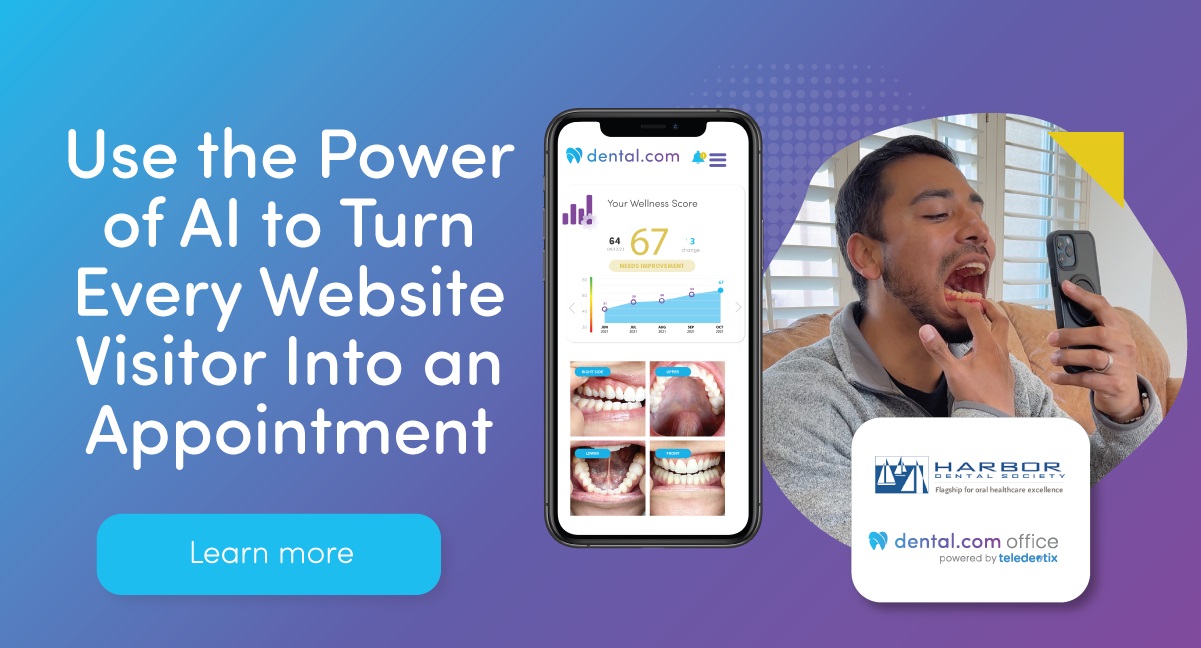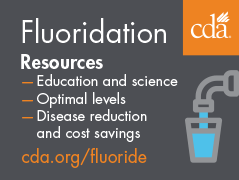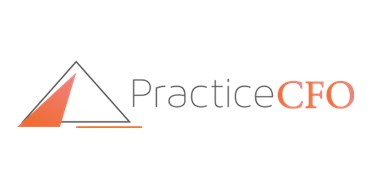Tuesday, Jul 1, 2025
AI in Dentistry
Wes Read CPA, CFP
Founder, PracticeCFO
What Is AI—and Why Does It Matter in Dentistry?
This article expands on themes introduced in the Author’s Podcast Show called “The Dental Board Room,” and is releasing an eight-part series titled “AI in Dentistry.” At its core, AI refers to machines and software that can simulate human intelligence—learning from data, making predictions, and improving over time. Unlike traditional software systems that follow fixed rules, AI can adapt and optimize as it processes new information.
For dental practices, this means new levels of precision, automation, and insight across every aspect of the business—from diagnosis to daily operations. There are three key categories of AI most relevant to dentistry:
1. Predictive Analytics: Uses past patient and business data to forecast outcomes, such as appointment no-shows, future treatment needs, or financial trends.
2. Natural Language Processing (NLP): Enables smart communication tools like chatbots, transcribes clinical notes, and improves patient interactions through automated messaging.
3. Computer Vision: Empowers machines to “see” and interpret images—such as detecting caries or bone loss on radiographs or analyzing intraoral scans in real time.
AI in the Day-to-Day Dental Workflow
AI isn’t some futuristic add-on—it’s already being embedded into the platforms many practices use today. Its influence spans:
· Front Office Automation: AI can optimize patient scheduling, send smart reminders, and handle routine phone or chat inquiries.
· Revenue Cycle Management: Tools can automatically process insurance pre-authorizations, verify benefits, and flag coding errors.
· Case Presentation: With AI-enhanced radiographs and visual tools, patients better understand their diagnosis, which increases treatment acceptance.
· Marketing and Online Visibility: AI-driven SEO and ad platforms target the right patients at the right time, improving digital reach and new patient acquisition.
By streamlining these workflows, AI helps reduce administrative burden and overhead while elevating patient experience.
A Tool for Your Team—Not a Threat
It’s natural for dental teams to feel uncertain about new technologies. But AI is not here to replace people—it’s here to replace tasks. Repetitive, time-consuming work like data entry, benefit verification, and appointment follow-ups can be handled more efficiently by machines, allowing your team to focus on building patient relationships and delivering care.
Forward-thinking practices are already seeing the payoff: more efficient operations, better clinical outcomes, and increased job satisfaction among team members.
Final Thoughts
AI is reshaping the dental industry—from diagnosis and communication to operations and marketing. Practice owners who understand and adopt these tools early will not only operate more efficiently but also offer a higher standard of care and patient experience.
To hear how real-world dental innovators are using AI today, tune into our “AI in Dentistry” series on The Dental Board Room podcast.








